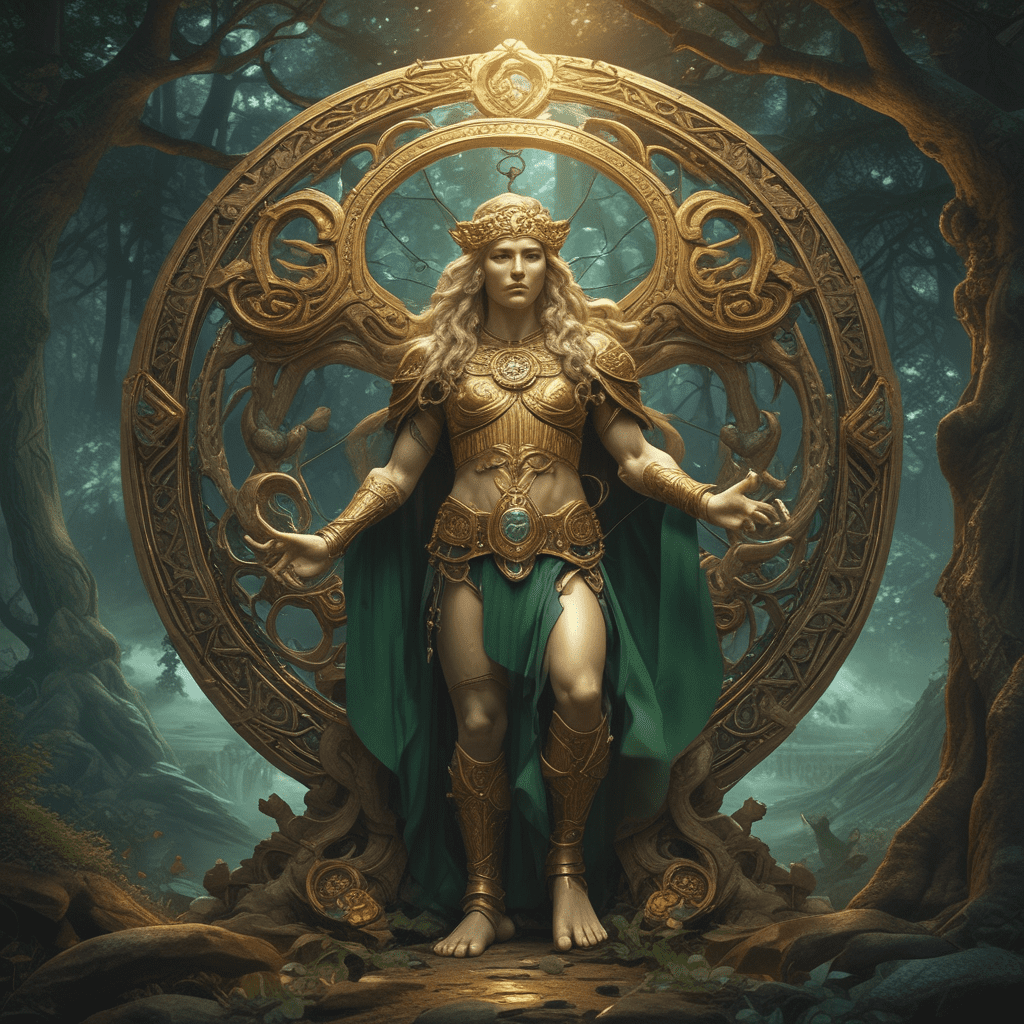Exploring the Concept of Transformation in Celtic Mythology
In Celtic mythology, the theme of transformation holds significant importance as it symbolizes change, rebirth, and the interconnectedness between the human and mystical realms. Let us delve into the intriguing world of Celtic myths to understand the profound impact of transformation within this ancient narrative tradition.
The Significance of Transformation in Celtic Beliefs
Transformation in Celtic mythology often represents the cyclical nature of life, death, and rebirth. This concept is exemplified in tales of shape-shifting deities, magical creatures, and heroes undergoing profound changes to fulfill their destinies. The Celts believed in the fluidity of existence and the power of transformation to transcend boundaries between the ordinary and the supernatural.
Examples of Transformation in Celtic Mythology
One of the most iconic examples of transformation in Celtic folklore is the tale of the Selkies, seal-folk who shed their skin to become human on land. This ability to change forms embodies the Celtic belief in the fluidity of identity and the interconnectedness of all beings in the natural world. Additionally, shapeshifting gods like the Morrigan, who could transform into various animals, exemplify the Celtic reverence for change and adaptability.
The Symbolism of Transformation for Modern Interpretation
Today, exploring the concept of transformation in Celtic mythology invites us to reflect on our own capacity for change and growth. The symbolic significance of metamorphosis signifies not only physical alterations but also spiritual evolution and the constant renewal of the self. Through understanding the myths of shape-shifters and transformative beings, we gain insight into the eternal cycle of transformation that governs both the natural world and our inner landscapes.
FAQ: Exploring the Concept of Transformation in Celtic Mythology
What is transformation in Celtic mythology?
Transformation in Celtic mythology refers to the ability of beings, such as deities, humans, or animals, to change their forms. This theme often signifies change, renewal, and growth in stories that illustrate the interconnectedness of the physical and spiritual realms.
How do Celtic myths depict transformation?
Celtic myths depict transformation through shape-shifting, where characters can assume different forms to achieve various goals, such as learning lessons, overcoming challenges, or fulfilling destinies. These transformations often symbolize the cyclical nature of life and the interconnectedness of all beings.
What are some examples of transformation in Celtic mythology?
Examples of transformation in Celtic mythology include the Morrigan taking the form of a crow, Cerridwen transforming into different animals while brewing her potion, and Fionn mac Cumhaill gaining wisdom by tasting the Salmon of Knowledge. These tales highlight the significance of change and adaptation in the Celtic worldview.
What is the significance of transformation in Celtic mythology?
Transformation in Celtic mythology holds deep symbolic significance, representing themes of rebirth, evolution, and the eternal cycles of life, death, and rebirth. It underscores the belief that change is an inherent part of existence and that through transformation, individuals can achieve personal growth and spiritual enlightenment.





